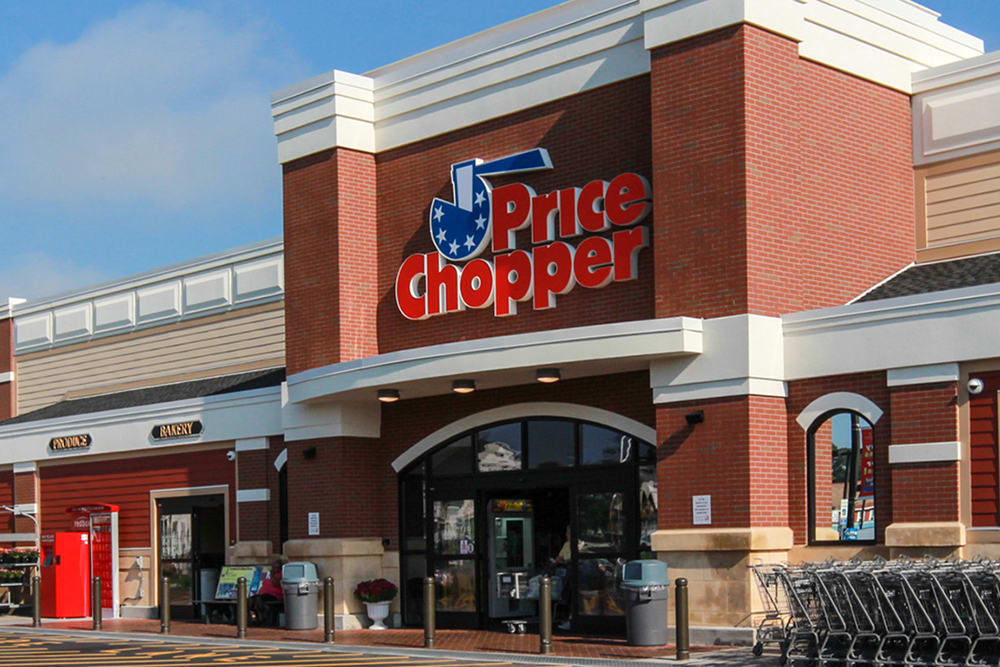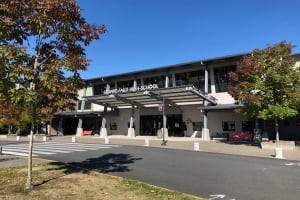Price Chopper/Market 32 Innovates in Security

Challenge
Founded in 1932, Price Chopper/Market 32 is a storied supermarket brand, owned by Golub Corporation. The grocery chain now boasts 132 locations in Upstate New York, Pennsylvania and throughout New England. Price Chopper is recognized as an early innovator in the conversion of conventional grocery stores into superstores, which include food and drug units.Price Chopper’s corporate headquarters, warehouse, data center, store locations and in-store and standalone pharmacies each have specific security requirements. As an innovator, Price Chopper wanted to modernize its security to satisfy these demands. “We needed a unified system that could provide the backbone for a variety of security needs across our locations and allow security staff to access all the information they need in one place,” says Mike Gulli, Manager of Corporate Security and Crisis Management, Golub Corporation. And in the case of its pharmacies, Price Chopper sought a system to provide novel solutions to comply with stringent requirements around securing narcotics and other drugs.
Solution
Price Chopper teamed up with systems integrator, Open Systems Integration (OSI), over the course of 12 years to complete a total security overhaul centered around LenelS2’s OnGuard security management system. “Over the years, Price Chopper has always encouraged us to find ways to use technology to provide innovative business solutions,” observes Scott Niles, General Manager, OSI.
At the main corporate office, the OnGuard system provides access control and seamlessly interfaces with third-party systems and hardware including turnstiles, facial recognition, visitor management, Stentofon intercoms, Bosch intrusion alarms, fire alarms and Assa Abloy Sargent Harmony Series locks. The corporate office also houses the 24/7 security operations center (SOC), from which the security team manages the entire system and monitors all sites.
The PCI-compliant data center includes facial recognition to provide two-factor authentication for access to sensitive server rooms. In addition, any time someone accesses a network or control cabinet, the SOC and corporate help desk receive an alert. From the SOC, third-party vendors can be granted access to the computer room remotely. Because the data center is a pressurized, low-humidity environment, the system monitors the status of the doors to the server room to ensure that the inner door can be opened only if the outer door is closed.
The one-million-square-foot distribution center and warehouse include a novel security solution for storage and access to narcotics destined for Price Chopper pharmacies. Within the warehouse, a standalone structure houses a safe where controlled substances are stored. Per Drug Enforcement Agency (DEA) requirements, no person can ever access this structure or the safe within it alone. OSI helped Price Chopper create an anti-passback, two-man rule to ensure two authorized people are always required to be present to gain access. “The solution is so robust that when government testers came to attempt to infiltrate our facility, they were so impressed they wanted to use it as an example to others,” states Gulli.
Retail locations include OnGuard access control, biometrics and Bosch intrusion. The in-store pharmacies feature two-factor identification with readers with biometrics to control access to the narcotics safes and closets. Both in-store and standalone pharmacies cannot be open unless a pharmacist is present. The pharmacist’s card swipe allows employees with lesser access to enter the location without unlocking the doors to the public. The swipe also engages a pre-determined schedule to open the store.
Results
Price Chopper now has comprehensive security across all locations. With the OnGuard system as the centralized platform for various third-party technology interfaces, the company can stay on top of any situation, while providing employees and staff with a streamlined security experience.
Beyond that, the system enables novel solutions to challenges posed by industry regulations. In the case of the pharmaceutical storage, something that traditionally required manpower to enforce is now entirely automated. “We’re very proud that we’ve been able to use the system to find flexible solutions that provide us with greater control and enable us to better support our internal business partners,” notes Gulli.



